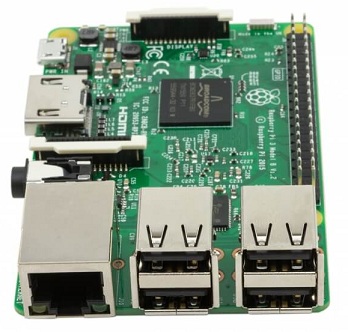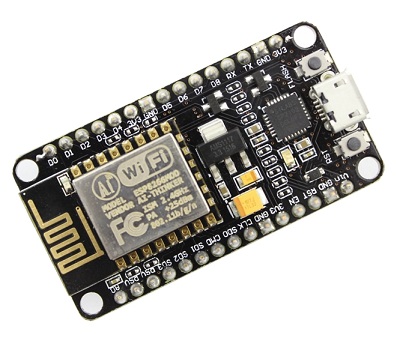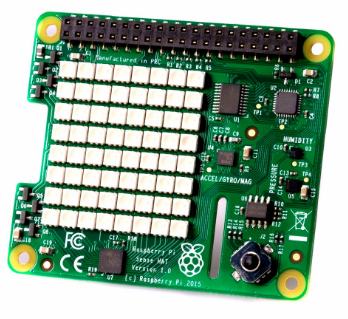Internet of Things (IoT)
Architecture & Domains
IoT Platforms
IoT + Arduino
MCQ
Major IoT Boards in Market
There are several IoT boards available in the market to build the project. Some of the major IoT Boards are described below:
Raspberry Pi:
Raspberry Pi is a much popular device used in building IoT project. The recently launched Raspberry Pi 3 includes built-in WiFi and Bluetooth making the most compact and standalone computer. It provides a powerful environment to install a variety of programming packages such as Python, Node.js, LAMP stack, Java and much more. Using 40 GPIO pins, and four USB ports you can connect many peripherals and accessories to the Pi.

Arduino:
Arduino boards are the microcontrollers and microcontroller kit for building digital devices that can be sense and control objects in the physical and digital world. Arduino boards are furnished with a set of digital and analog input/output pins that may be the interfaced to various other circuits. Some Arduino boards include USB (Universal Serial Bus) to load programs from the personal computer.
ESP8266:
The ESP8266 is a low-cost Wi-Fi microchip with 32-bit microcontroller capability, standard digital peripheral interfaces. There are different types of ESP8266 boards are available for different needs. The primary goal of this board is to deal with the built-in Wifi through AT commands if used as device module, but you can 'program' using Arduino board however it also read and controls input/output, digital and analog.

Sense HAT 8x8 RGB LED matrix:
Raspberry Pi Sense HAT is an integrated sensor that can measure humidity, temperature, acceleration, and pressure. The 8x8 LED matrix display data read from Raspberry Pi Sense HAT sensors. The Sense HAT has an 8×8 RGB LED matrix includes the following sensors:
- Gyroscope
- Accelerometer
- Magnetometer
- Temperature
- Barometric pressure
- Humidity

Bluetooth Module HC-05:
Bluetooth Module HC-05 device is a 6 pins Bluetooth device that is used for wireless communication. Usually, this device connects small devices like mobile phones, PDAs and TVs using a short-range wireless connection to exchange data. It communicates with the microcontroller using the serial port (USART).
Pin Description
- EN: It is the enable pin, when it is connected to 3.3V then model is enabled.
- +5V: This is the supply pin for connecting +5V.
- GND: It is the ground pin.
- TX: It is the transmitter pin of the UART communication.
- RX: It is the receiver pin of UART communication.
- STATE: It indicates whether the module is connected or not. It acts as a status indicator.


